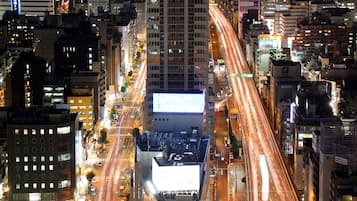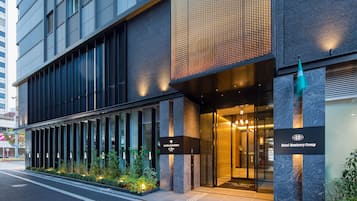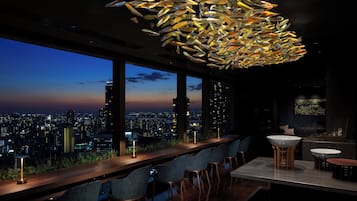
Nara
What you need to know before you go
Hvor du bør bo i Nara

APA Hotel & Resort Osaka Namba Ekimae Tower
APA Hotel & Resort Osaka Namba Ekimae Tower
8.8 av 10, (2236)
Prisen er 1 149 kr
for 1 rom
Planlegg reisen din
Fortsett å utforske
Beklager, denne siden er ikke oversatt til språket ditt ennå …













